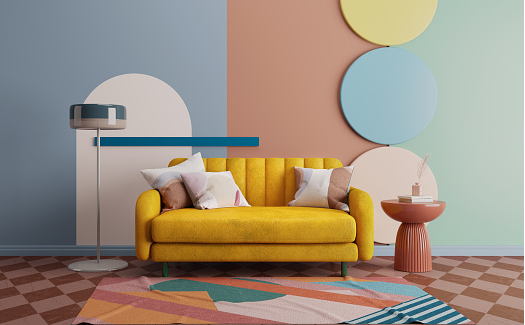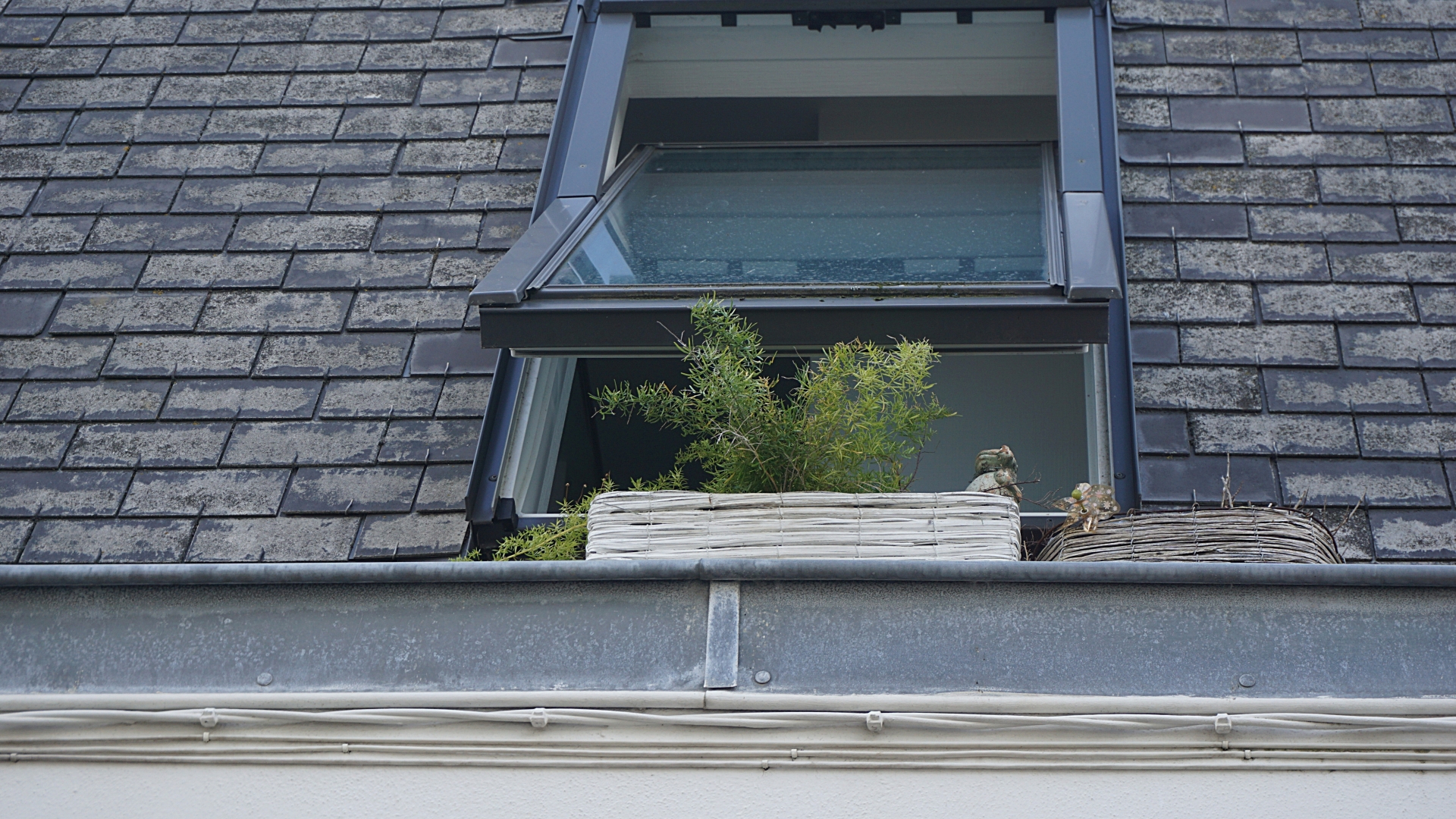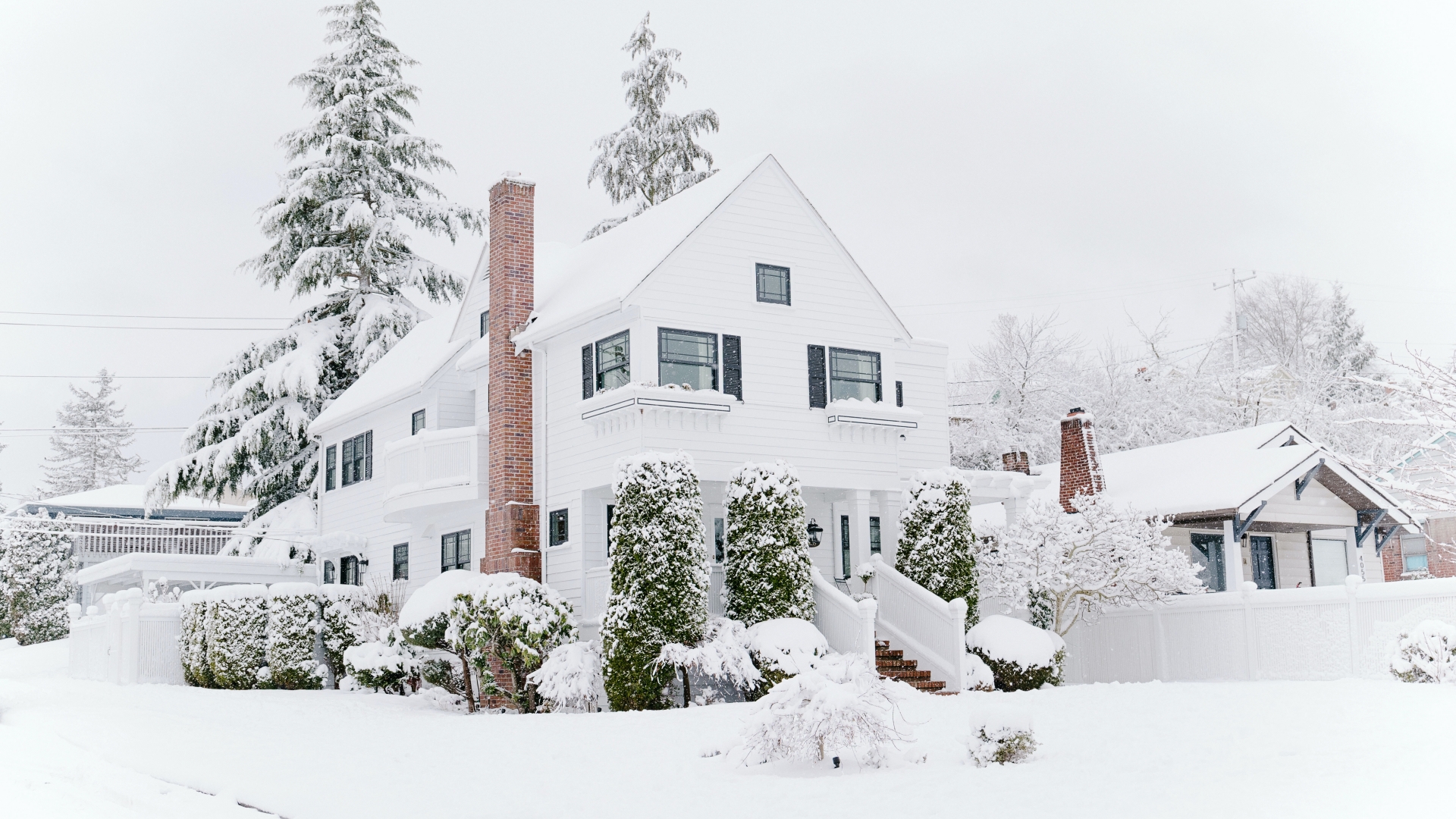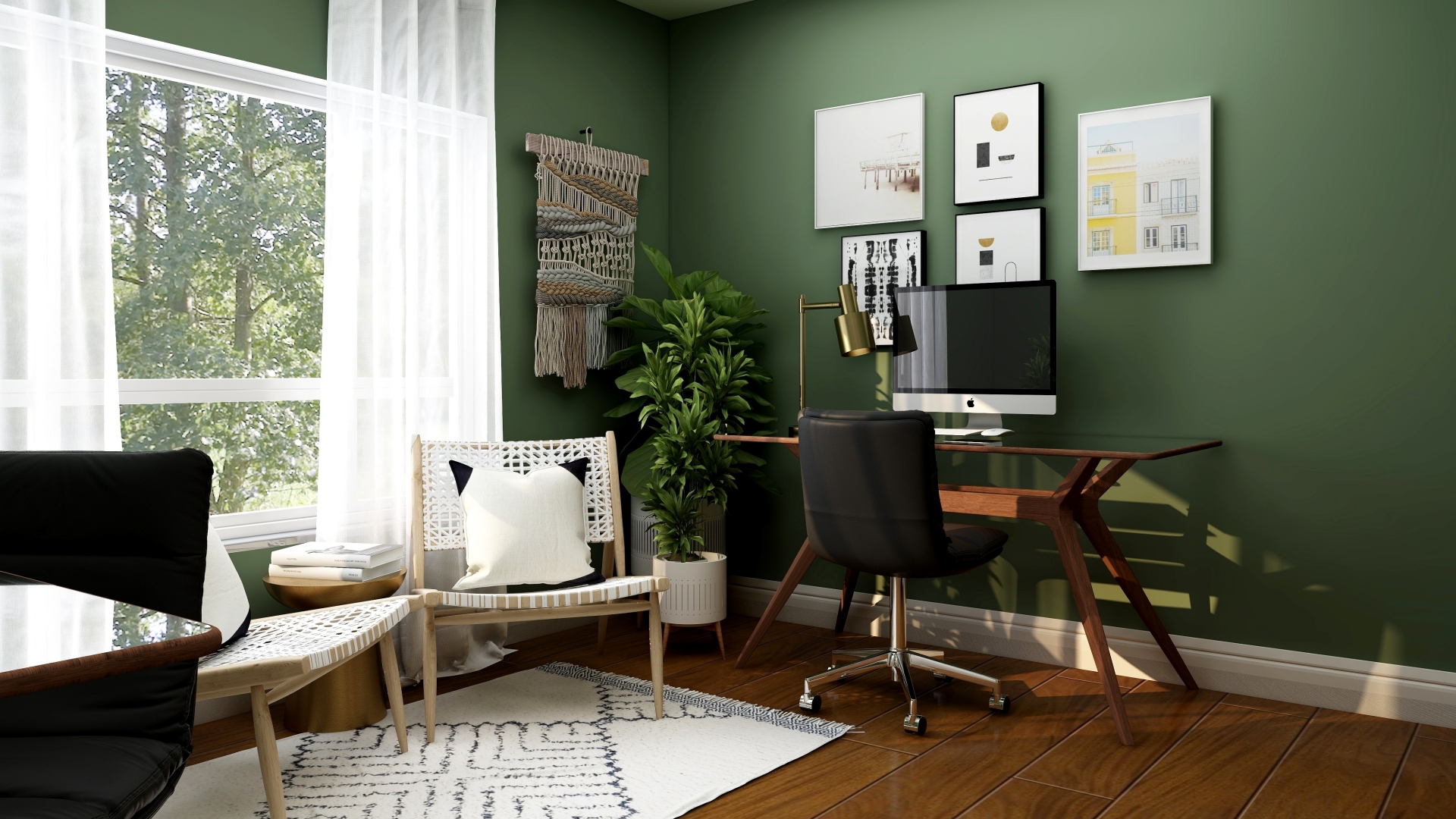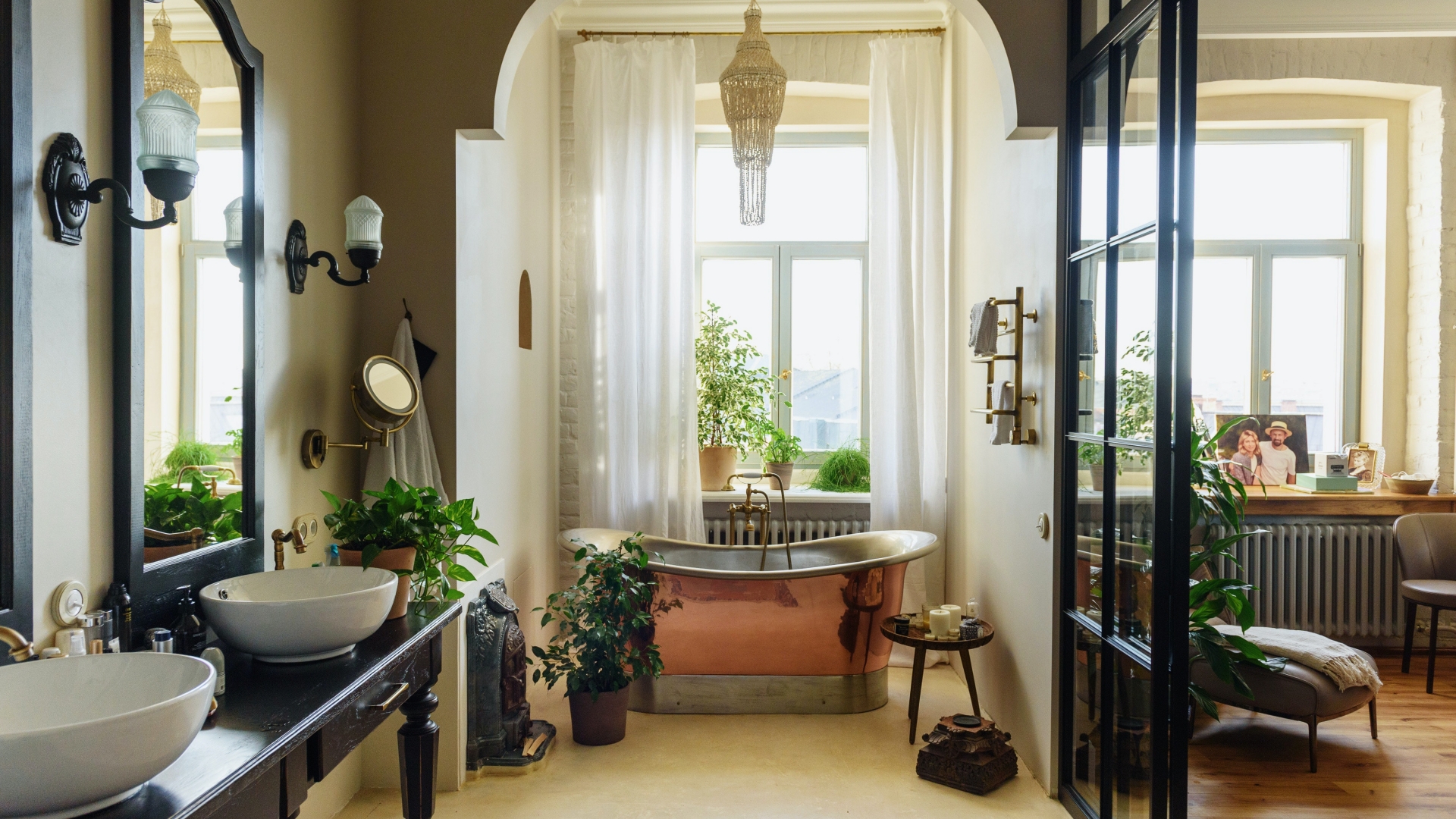Introduction: The Canvas of Canadian Streets
Imagine strolling through the vibrant streets of Canada, where each building tells a story not just through its structure but through the very hues that adorn its facade. Architectural design and paint are not merely about aesthetics; they are a language that communicates the heart and soul of Canadian culture. In this exploration of Canadian building facades, we delve into how the interplay of architecture and color shapes the visual narrative of our urban landscapes.
The Role of Color in Architectural Identity
Painting a Cultural Tapestry
In Canada, architectural color is more than a design choice; it’s a reflection of our diverse cultural tapestry. From the historic reds and whites echoing the nation’s flag in Ottawa’s heritage buildings to the vibrant murals in Vancouver’s Granville Island, color is a powerful tool in expressing identity. It’s not just about the hues chosen but how they interact with the architectural style to create a unique visual language.
Emotional Resonance and Color Psychology
The psychology of color in architecture goes beyond aesthetics. Colors evoke emotions and can significantly impact how a space is perceived. For instance, earthy tones often convey a sense of warmth and welcome, ideal for residential areas, while bold colors might be used in commercial districts to energize and attract.
Architectural Styles and Their Color Palettes
Historical and Modern Contrasts
Canada’s architectural landscape is a rich tapestry of historical and modern styles, each with its distinct color palette. Victorian homes, with their intricate details, often feature a combination of deep, rich colors. In contrast, contemporary designs lean towards minimalism, favoring monochromatic or neutral palettes that emphasize form and structure.
Regional Variations in Style and Hue
The diversity of Canadian architecture is also evident in regional variations. The maritime provinces often feature homes with bright, cheerful colors, reflecting the coastal environment. In contrast, urban centers like Toronto and Montreal showcase a more subdued palette, aligning with their modern, cosmopolitan vibe.
The Science and Technology of Architectural Paints
Durability in Harsh Canadian Climates
In Canada, the choice of paint is not just about color. The harsh weather conditions demand that paints be durable and resistant to extreme temperatures and moisture. Advances in paint technology have led to the development of products that not only endure these conditions but also retain their vibrancy over time.
Eco-Friendly and Sustainable Options
Sustainability is a growing concern in architectural design. Eco-friendly paints, free from volatile organic compounds (VOCs), are becoming the norm. These paints not only contribute to a healthier environment but also ensure the safety and well-being of the occupants.
The Impact of Paint on Architectural Renovation
Revitalizing Heritage Buildings
Paint plays a crucial role in the renovation and preservation of heritage buildings. The right color scheme can restore a building to its former glory, maintaining historical accuracy while giving it a fresh, new look. This is where the expertise of Ottawa Professional Painters comes into play, blending traditional techniques with modern hues to create timeless beauty.
Transforming Modern Spaces
In modern architecture, paint is used not just for preservation but transformation. A new color scheme can completely change the character of a building, making it more relevant and appealing in its contemporary context. It’s a cost-effective way to keep urban landscapes dynamic and evolving.
The Psychology of Color in Urban Landscapes
Creating a Sense of Place
The colors chosen for building facades play a pivotal role in defining the character of urban landscapes. They can create a sense of continuity or contrast, contributing to the unique ‘sense of place’ that defines a neighborhood or city. In areas like Quebec City, where pastel hues dominate, there’s a distinct, almost storybook charm that sets it apart from the more contemporary palettes of downtown Toronto.
Influencing Perceptions and Behaviors
It’s fascinating how color can influence our perceptions and behaviors. Bright and vibrant colors might invigorate a space, encouraging activity and engagement, while softer, muted tones can create a more calming and reflective environment. This understanding is crucial in urban planning and architectural design, as it directly impacts the quality of life of the residents.
The Artistic Expression in Facade Painting
Murals and Public Art
In many Canadian cities, building facades have become canvases for public art, transforming ordinary structures into extraordinary landmarks. Murals not only beautify the urban environment but also often convey social and political messages, reflecting the community’s spirit and issues. This fusion of art and architecture is a testament to the creative spirit that pervades Canadian cities.
Color as a Form of Branding
For commercial buildings, color can be a form of branding, a way to stand out in a crowded urban landscape. It’s not just about being visually appealing but also about creating a visual identity that resonates with the brand’s values and message. This strategic use of color can make a building instantly recognizable and memorable.
Challenges and Considerations in Choosing Facade Colors
Balancing Aesthetics and Practicality
Choosing the right color for a building facade is a complex task that involves balancing aesthetics with practical considerations. Factors like the building’s surroundings, the quality of light, and the architectural style all play a role in determining the appropriate palette. Moreover, practical aspects such as the local climate and the paint’s durability also need to be considered.
Navigating Regulations and Standards
In many Canadian cities, there are regulations and standards governing the colors used on building exteriors, especially in historic districts. Navigating these regulations requires a deep understanding of both the historical context and contemporary standards, ensuring that any color choices are in compliance while still achieving the desired aesthetic effect.
The Future of Color in Architecture
Innovations in Paint Technology
The future of architectural paint is bright, with ongoing innovations in paint technology. These advancements promise more durable, vibrant, and environmentally friendly options. We’re seeing the development of paints that can clean the air, change colors based on temperature, and even generate solar energy.
Predicting Trends and Changes
Predicting future trends in facade colors is as much about understanding societal changes as it is about aesthetic preferences. As our cities evolve, so too will our use of color in architecture. It will reflect our changing attitudes towards the environment, technology, and community, continually reshaping the face of Canadian cities.
Conclusion: A Palette of Possibilities
The exploration of architectural design and paint in Canadian building facades reveals a world where color is more than a mere decorative element; it’s a vital part of our urban fabric. It reflects our history, embodies our present, and hints at our future. As we continue to paint the canvas of our cities, we are not just building structures; we are creating a vibrant, living mosaic that tells the story of who we are, where we’ve been, and where we’re going. In this ever-changing landscape, the collaboration of architects, designers, and skilled professionals like Ottawa Professional Painters remains crucial in bringing this colorful vision to life, one brushstroke at a time.




